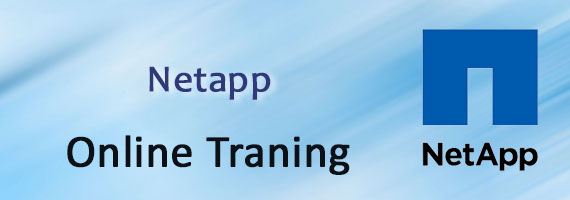

Students wish to learn Netapp course in the most reliable training institution. The number one Netapp Online Training institute in Hyderabad is ASOnlineTraining Institute. The most advanced elements in the Netapp Training in Hyderabad do not fail to make students to be happy. You can take note of Netapp course details available in this reputable training institute to make a good decision to prefer this course. Many students in Aksonsoft Institute learn this course happily. This is because they know endless job opportunities related to Netapp. They study how to install, configure, and administrate the Netapp storage efficiently. They use the world-class resources all through the course.
Netapp offers Software to manage huge amounts of Storage easily. The Storage Server is very easy to use for the end user. We just need to plug the server to our network and within few minutes the storage will take place. The reasons for being one of the Best Netapp Training Online Institutes in India are quite simple! The tutors are in the Storage industry for years. And the very best part is We insist on Practical Oriented Netapp Training in Hyderabad. Our Tutors will provide adequate case studies and projects to the learners. This will give a very good insight about the software. Thus, learners could get hands on experience in Netapp.
Data ONTAP 7-Mode and C-mode Administration
If you would like to know more about our NetApp Online Training course offerings please either call us at+91 - 9618002411 or send an email to aksonsoft@gmail.com